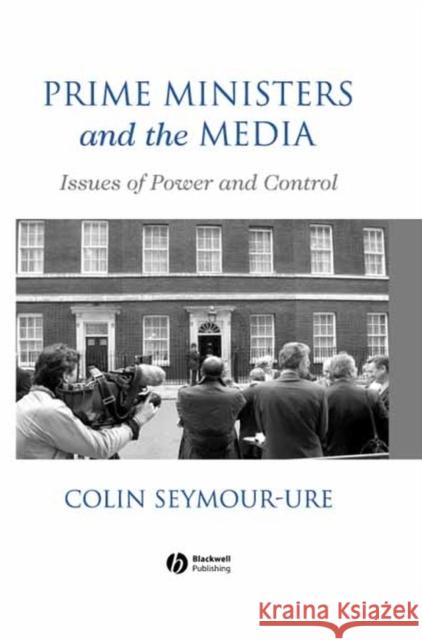Prime Ministers and the Media: Issues of Power and Control » książka
topmenu
Prime Ministers and the Media: Issues of Power and Control
ISBN-13: 9780631187677 / Angielski / Miękka / 2003 / 282 str.
This book looks at the ways in which prime ministers manage and fail to manage their public communication.
- A timely examination of the ways in which prime ministers manage and fail to manage their public communication.
- Original in scope, covering political rumours, political cartoons and capital cities, in addition to more familiar topics.
- Sets contemporary analysis of Downing Street press secretaries, media barons and press conferences in fuller historical context than usual.
- Draws on public records, private papers and interviews by the author dating back to the 1960s.











